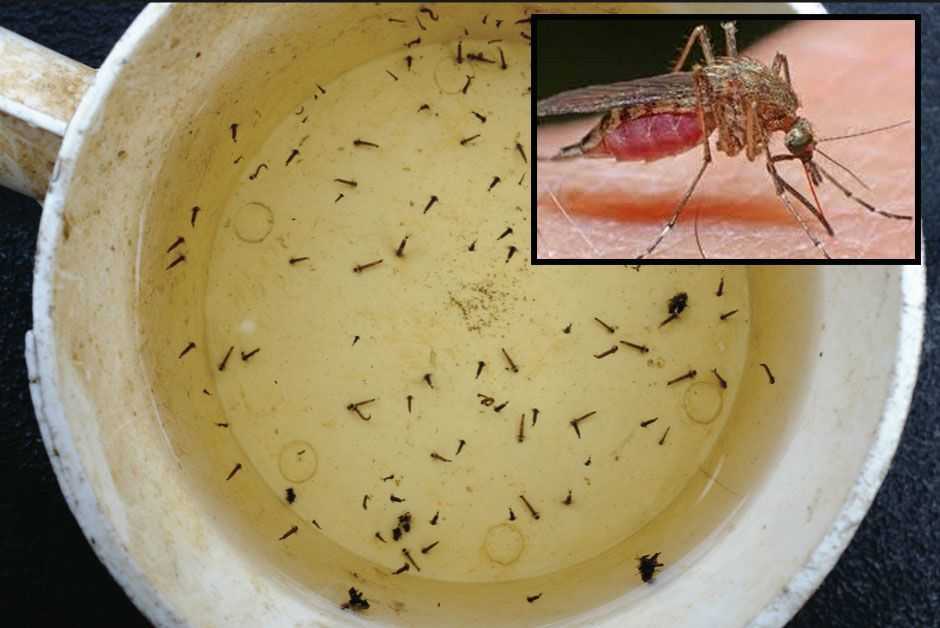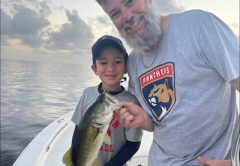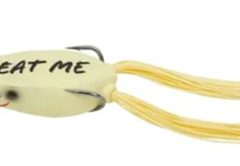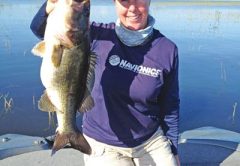As we enter the summer months here in south-central Florida, there are a few basic outdoor trends we can guarantee, they are; hot days, rain, and mosquitoes. Summer in Okeechobee and surrounding communities are a proboscis paradise. Mosquitoes tend to breed in lowlands, wetlands, marshes, and stagnant water, and our area is well endowed with all-of-the-above.
MOSQUITOES TEND TO BREED IN LOWLANDS, WETLANDS, MARSHES, AND STAGNANT WATER, AND OUR AREA IS WELL ENDOWED WITH ALL-OF-THE-ABOVE.
Florida is home to some 80 different species of mosquitoes, 33 of which are considered pests to humans and animals and 13 are capable of transmitting diseases to humans and domestic animals. For our region, July through September marks the high point in the mosquito season. Though Florida is inhabited by both saltwater and freshwater species, it’s the freshwater mosquito that health officials typically fear most, as these species are capable of transmitting malaria, Dengue Fever, St. Louis Encephalitis, West Nile virus and, most recently in the Caribbean and Florida, Chikungunya Fever. Though the number of annual reported cases of these diseases is relatively low, hot spot outbreaks are common enough for us to remain vigilant through-out the season.
The key to protecting yourself from mosquitoes is to; recognize and eliminate their breeding grounds, understand their most active periods, avoid their habitats if possible, wear the proper clothing, and use mosquito repellants.
Typically only female mosquitoes bite to feed on blood to supplement their diet of plant nectar whereas male mosquitoes feed strictly on plant nectar. A female mosquito generally lives only about three weeks in the summer and ventures no more than a mile from where she was born. Since water is essential to the life cycle of the mosquito, eliminating water breeding sources is a key to controlling their populations.
To minimize breeding sites in and around you house and yard follow these simple steps.
DRAIN standing water from places such as garbage cans, house gutters, coolers, toys, flower pots and any open container that may collect water.
DISCARD old tires, drums, bottles, cans, abandoned appliances, cars and other junk.
EMPTY and CLEAN bird baths, pet bowls, and similar locations.
ELIMINATE standing water in open boats and tarps of stored vehicles and vessels.
MAINTAIN proper water balances, that is pool chemistry, in swimming pools, decorative fountains, and ponds. Empty and dry out plastic wading pools when not in use. Also maintain your lawn and landscaping for mosquitos use high grass and dense shrubbery to hide and rest during their inactive periods. If your backyard has lots of shrubbery then you might want to consider spraying them during heavy out breaks.
When you do venture out into areas heavily populated with mosquitoes they will be most active at dawn, dusk, and early evening. To best protect yourself wear long loose clothing and use mosquito repellant with DEET.
DEET concentrations of 30-40% are sufficient for most adult applications, 10- 25% concentrations for children, and never use DEET on children younger than 2 months old. In these situations, protect the child with mosquito netting. Repellents with picaridin, oil of lemon eucalyptus, methyl nonyl ketone, soy-based protects, and IR3535 as also effective against mosquitos.
For larger areas such as in back yards, porches, picnics, and BBQs try using torches and-or candles with Citronella but never use them inside your home or a confided airspace. Newer devices such as ThermaCell’s repellent lanterns and appliances bring portability to the fight and utilize a small butane burner to heat a repellant soaked pad to create a vapor barrier of approximately 15-ft x 15-ft to fend off mosquitoes, black flies, and no-see-ums. These come in real handy for those walking in the woods or fishing in the marshes.
Besides being a nuisance and a producer of itchy, scratchy welts, the main concern with mosquitoes is their ability to transmit specific blood-borne diseases. Though each disease may have its own unique symptoms, they are all characterized by the onset of a fever, headaches, and general muscle or joint pain within 3 to 14 days of infection. If you should experience such symptoms after a mosquito bite, seek medical attention immediately. The sooner the disease is identified the faster your recovery will be. Fortunately mosquito borne diseases are quite rare in our area, but if and when a ‘hot spot’ should occur, you should take the appropriate preventive action to minimize your risk of infection.
Finally, if you were ever wondering why mosquitoes always seek you out rather than your friend, well you are probably 1 out of 10 people with the right characteristics a mosquito is looking for. Scientists think 85% of our susceptibility is due to genetics. People with high concentrations of steroids or cholesterol on their skin surface seem to attract mosquitoes.
People who emit high levels of uric and lactic acids, as well as carbon dioxide, are also prone to be a mosquito magnet. So at your next BBQ, if someone complains they always seem to get bit, your best protection against mosquito bites might be as simple as sitting next to them, for the mosquitoes will make a bee-line to them and leave you bite free.







